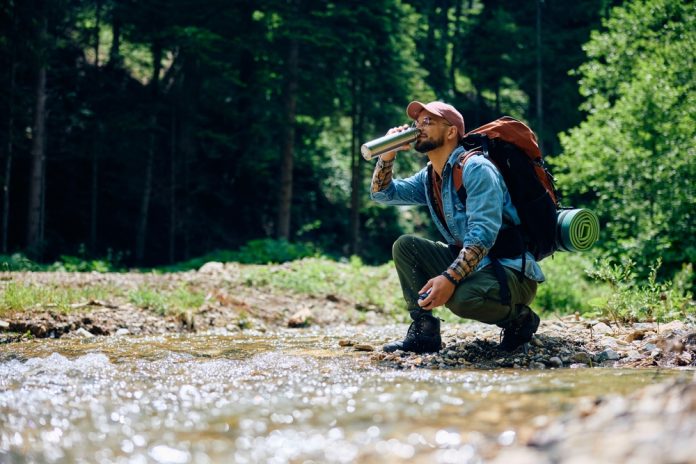Anyone traveling into extreme locations usually takes the precaution to pack a good supply of water. But a lot can happen to threaten that water supply, from a vehicle breakdown to an injury to something as extreme as a landslide or flash flood blocking roads. It’s at times like that when the knowledge and ability to find and purify water from natural sources becomes a distinct survival advantage.
Table of Contents
- Overland Water Storage
- Finding Water on a Camping Trip
- Water Purification 101
- Finding Water in the Desert
- Water in the Mountains
- Tips on Harvesting from Lakes and Ponds
Overland Water Storage
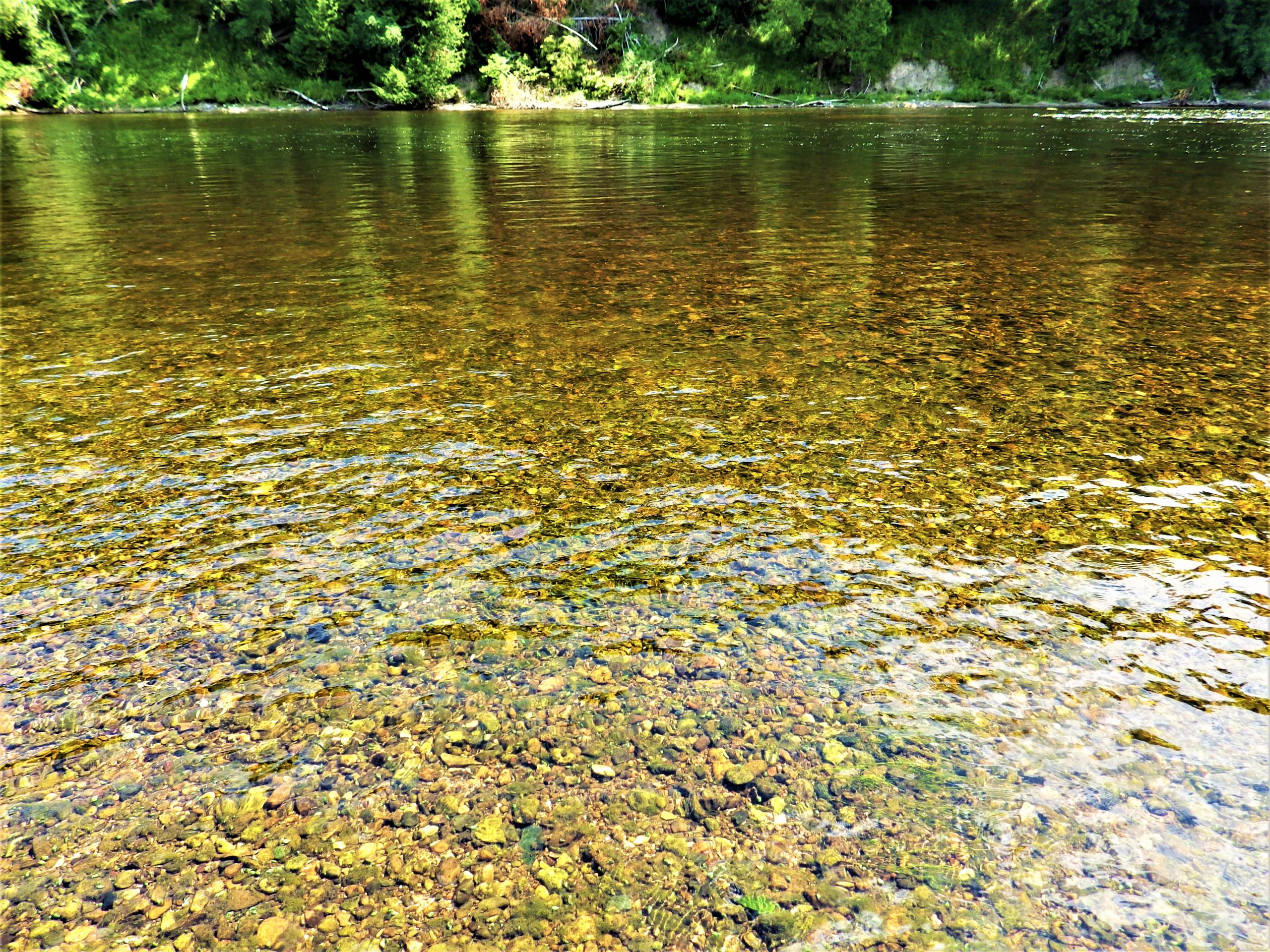
There’s more to storing water than tossing a case of water bottles in the trunk. Think about your destination, duration, and what could happen. We can live for 3 weeks without food. None of us will last 3 days without water. And the average healthy intake for an active adult is at least a gallon of water a day. Those water bottles may not be enough.
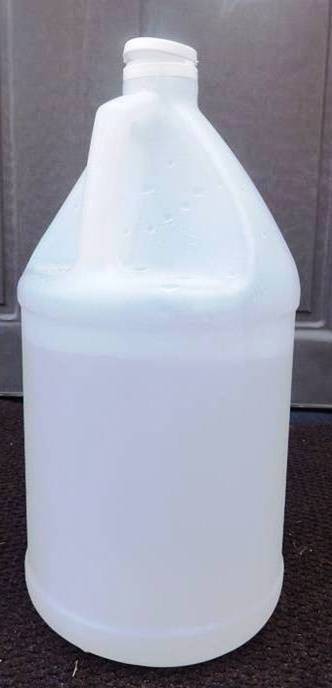
Consider 5-gallon storage cans (Jerry cans) or at least 1-gallon water jugs as part of your overland emergency kit. Pack enough of them to provide at least a gallon a day for each adult in the vehicle. Pack as much for the kids as well because their ages vary, as well as their activity level. Jerry cans can also be attached to the sides of your vehicle to not only hold water but also gasoline.
And refill your water jugs whenever you can. If you stop at a camp park, find a drinking fountain and refill. Don’t assume. Refill whenever you can. The water is free and most likely purified. If need be, stop by a creek or spring on the road to do the same, but make sure you filter and purify any water you ever harvest from a natural source.
Finding Water on a Camping Trip
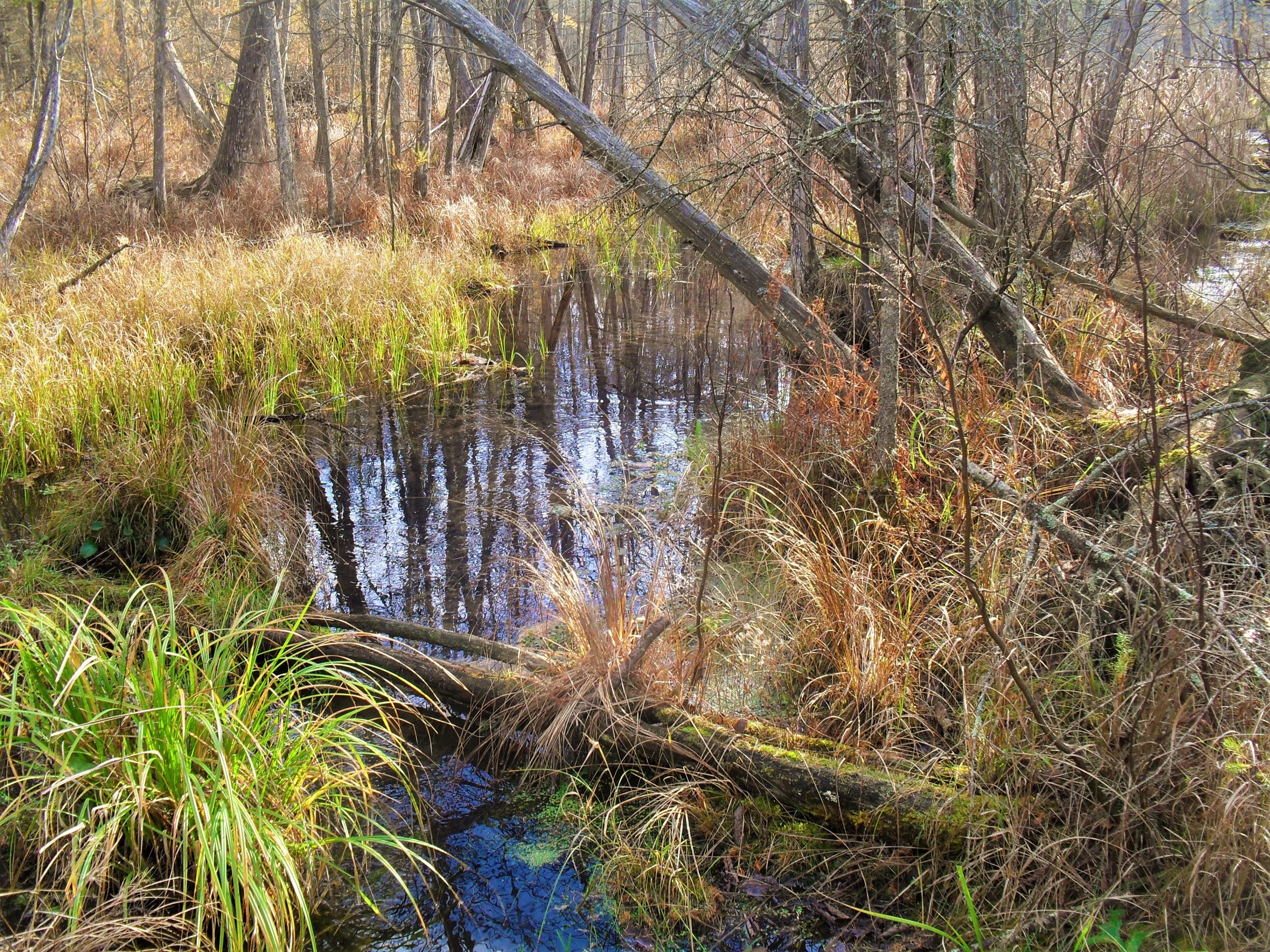
Finding water is a whole lot easier at an established campground and is often available to anyone staying at the camp, but if you’re really out there in the wilderness, it’s a whole other story. The obvious sources include lakes, ponds, rivers, creeks, and springs. You just have to find them and always remember to never assume a natural water source is pure or safe to drink.
Another possibility is rainwater collection. A tarp, poncho, or emergency blanket suspended across four small trees can collect a good amount of water after a rain, but here again, don’t assume it’s pure. Plenty of bird droppings and other stuff may find their way into your collected pool of water in that tarp.
One of those 1-gallon jugs is a good way to collect water from a source like a lake or creek, but now it’s water purification time.
Water Purification 101
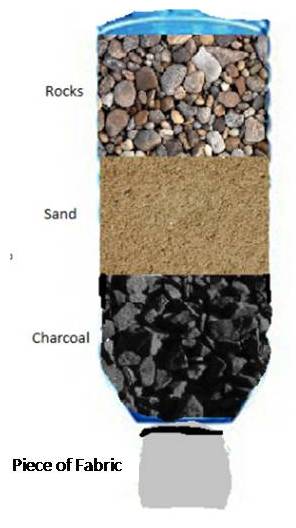
Water purification is a two-step process that is an essential survival skill. Filtering and purification. Filtering is all about removing particulate matter, whether it’s silt in muddy water or twigs and other debris that’s collected. You can use a piece of fabric like a t-shirt or improvise a filter with sand and gravel in a plastic bottle. You could even add a little charcoal to improve the taste as a final filter. But remember, just because it’s filtered and looks clear and clean doesn’t mean it’s safe to drink. Purify it after filtering.
Purification is another story. The easiest way to purify water is to boil it for at least 3 minutes. Let it cool, and you’re good to go. You could also add water treatment tablets that either use iodine or chlorine as a purifier. Read the label and use as directed depending on how much water you’re trying to purify.
There are also water filters you can buy, and some have ceramic inserts to physically remove bacteria and microbes. The LifeStraw allows you to drink water directly from a source, but it does little for purifying large volumes of water for storage. They all work, but at a minimum, try to boil your harvested natural water for at least 3 minutes if you can.
Keep Reading: Firecraft in Harsh Conditions
Finding Water in the Desert
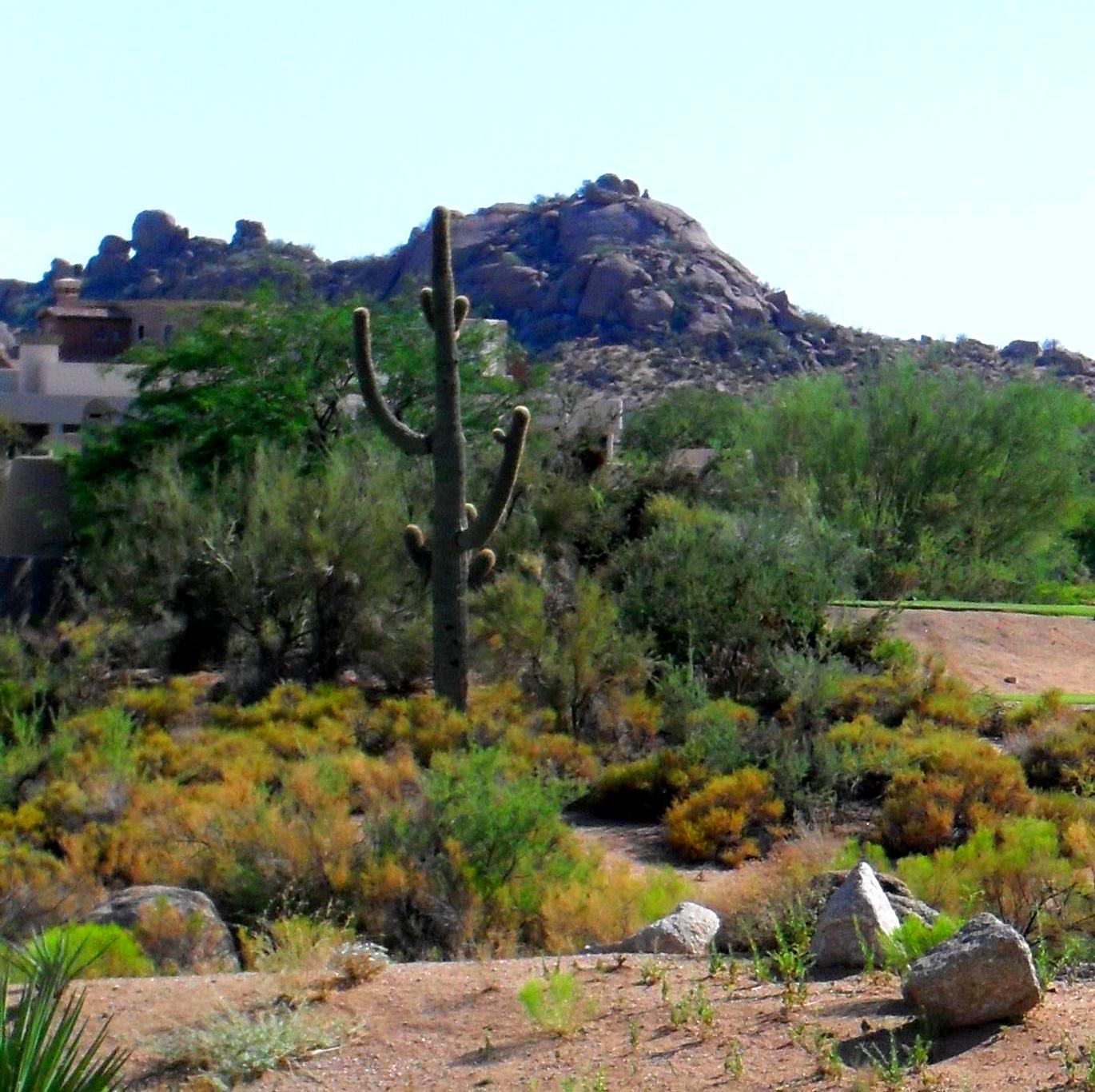
Finding water in the desert is tough stuff. There’s a reason they call it a desert, and that’s usually because it lacks water. But there are possibilities.
The Solar Still
A solar still is a hole dug in the ground with a piece of plastic over the top. A rock is placed in the center of the plastic, and a cup or bowl is placed below the cone created by the rock and the plastic. Moisture in the soil will condense on the plastic and drip down into the cup. It will take a while, and more than one solar still might be a good idea, but over time, you will condense and collect water.
Dry Creek Beds
They may look like a long run of stones and rubble, but underneath a dry creek bed, there’s always the possibility of pooled water. At the least, it’s a good place for a solar still, but with a little digging, you might actually find water.
Greenery in the Desert
An oasis in the desert doesn’t have to be an acre of palm trees. If you see green plants growing, it’s a good bet there’s water underneath them. Dig down, and you may find water pooled under the roots.
Water in the Mountains

Numerous creeks and springs emerge from mountain ranges, so keep your eyes peeled for a creek or spring running under a road or alongside a mountain range. Another possibility is snow. A lot depends on your altitude, but where there’s snow and ice, there’s water. Collect it and let it melt in a bucket or jug in your vehicle, or gently boil it to melt it. Keep boiling for those 3 minutes because even snow and ice can collect debris and bacteria.
Tips on Harvesting from Lakes and Ponds

If you come across a lake or pond, avoid collecting water from the surface. Everything from pond scum to bugs, dust, and pollen floats on top. Immerse your water jug deep and try to draw water from the middle of the water column. Avoid the bottom in particular. If there’s bad stuff in the water, it’s a good bet it’s on the bottom.
But here again, make no assumptions. It may look clear and clean and even cold, but bacteria can thrive in any water environment. Filter any natural water you harvest and find some way to purify it before drinking or cooking. And that gets to a critical consideration. It’s easy to assume that if you are cooking something with water you’ve harvested that the cooking process will somehow purify it.
That’s not always true, especially if you’re only simmering or gently boiling. Even when cooking, you should boil water for a full 3 minutes before cooking anything. The last thing you need in the middle of nowhere is a bad case of diarrhea, vomiting, or worse. Water is the stuff of life, but careless harvesting and purification can make life a whole lot more complicated than it needs to be.
Hero photo by Drazen Zigic via Shutterstock




